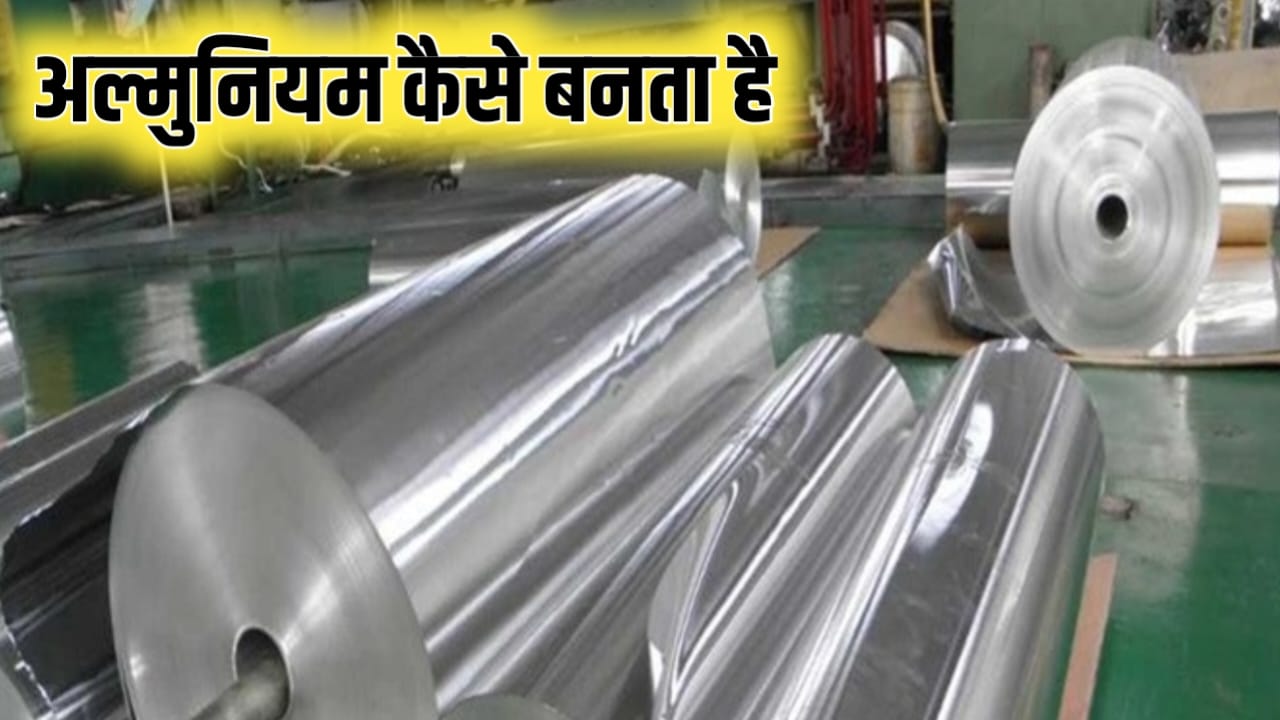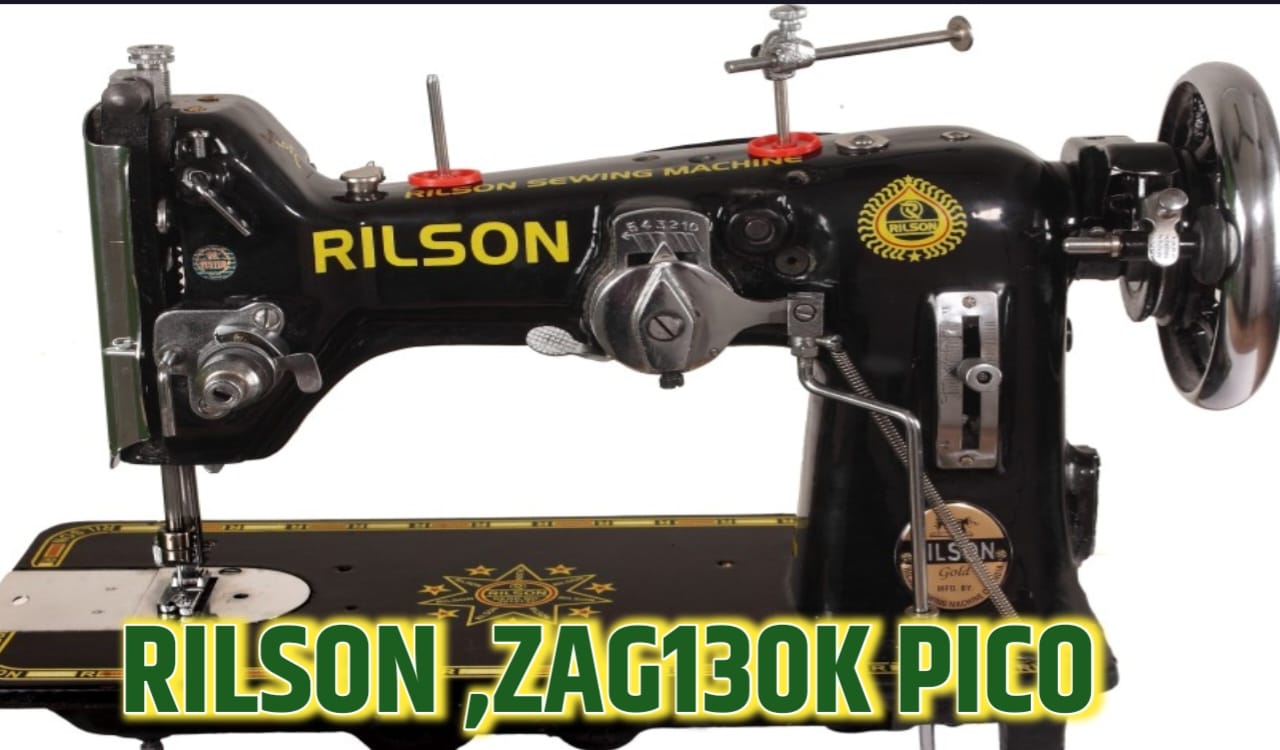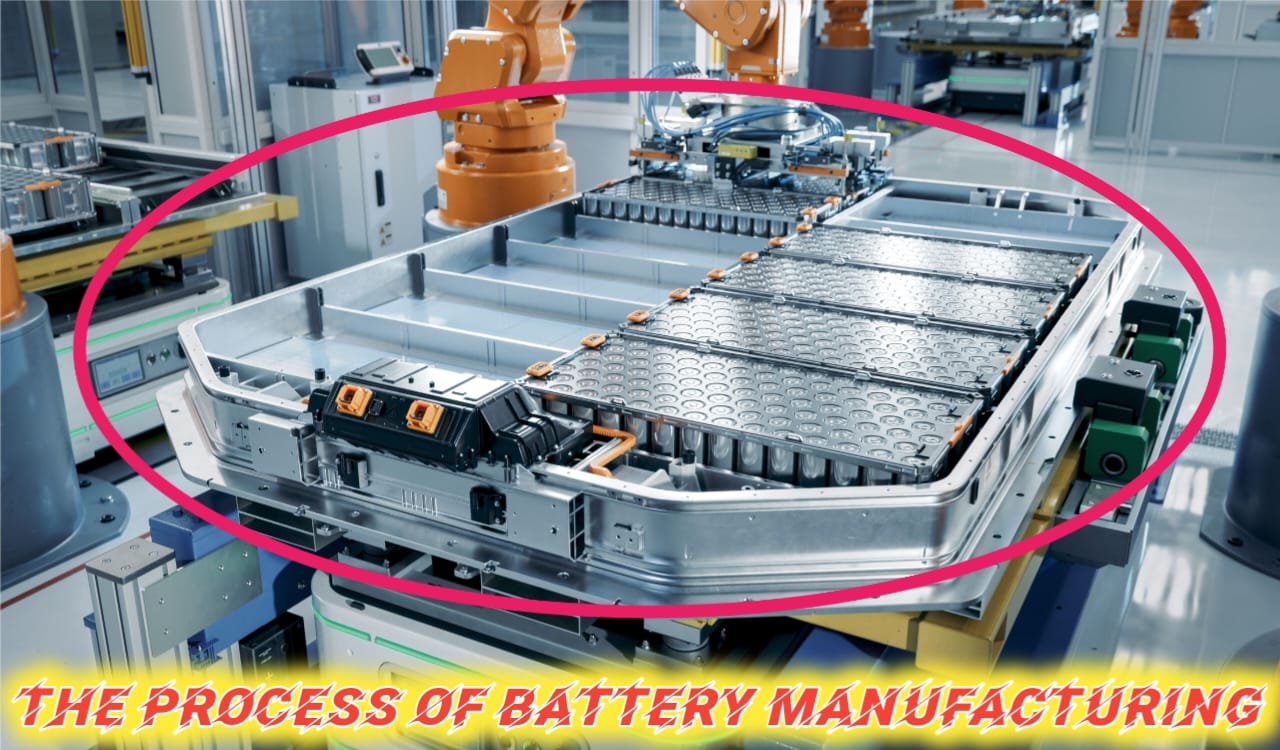Step 1: Mining Bauxite
Think of you as searching for treasure in a giant field. That is what it is like to mine bauxite! From the earth, people dig up reddish-brown rocks. These rocks have aluminum in them, along with some other stuff like molten clay and dirt. Heaps of bauxite are shoveled — and then trucked off to factories for the next stage. etting the Aluminum
Step 2: Getting the Aluminum Out
To get to the fruit inside, you must peel this part (here comes the banana part). The bauxite is crushed into small bits at the factory and mixed with hot water and chemicals. This creates a gooey liquid known as alumina, which is a white powder. Alumina is two best friends stuck together: aluminum and oxygen.
Step 3: Smelting — The separation of the friends
Here’s where the fun starts: separating the aluminum from the oxygen. This process is known as smelting. It’s similar to tearing apart a Lego tower and only using the blocks you need.
The alumina is placed in large pots and heated to extremely high temperatures—hotter than pizza ovens! etting the Aluminum
A magical wand — electricity — is then injected into the pot to separate the ouluminum from the oxygen.
The aluminum turns to liquid metal and falls to the bottom, like syrup in a bottle.
Step 4: Shaping the Aluminum
To thicken and solidify, the liquefied aluminum is poured into forms. These molds may produce large blocks, thin sheets, or long rods. Once it’s hardened, aluminum can be cut, rolled, or shaped into any260019-10766-20thing—such as cans, cars, or even spaceships! etting the Aluminum
This is how aluminum makes a one-of-a-kind metal. It is light, like a shield for a hero, but very strong. It is also recyclable, so we can remelt the item whenever it gets too old, as you know. So bringing soda cans is more than just a formal instruction from parents. It is an opportunity to save resources and give aluminum a second life.
As a result, aluminum starts as a hidden treasure in bauxite rocks but goes through mining, refining, smelting, and finally is shaped by people into the metal we utilize in our daily life. As a result, it sounds like a transformation of a rough crystal into the rarest and most beautiful treasure. What do you think about it? I am confident that next time you hold a can in your hands, you will complete the journey in your mind. etting the Aluminum



